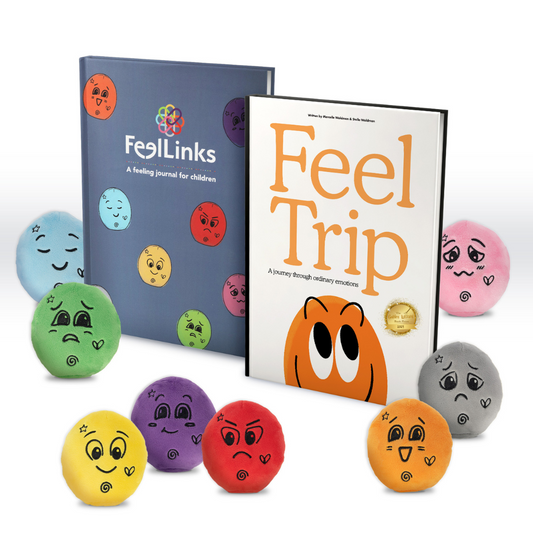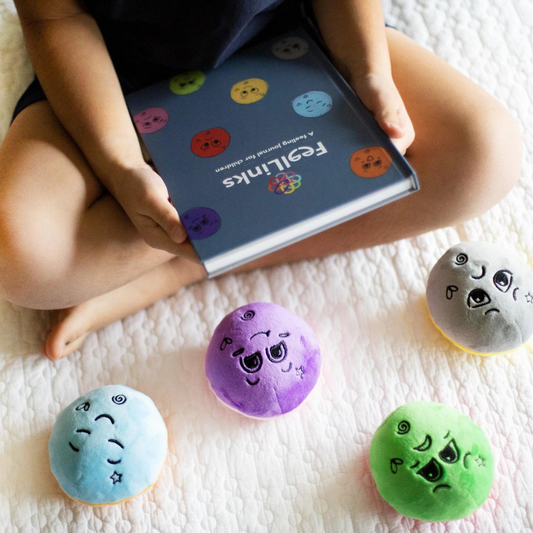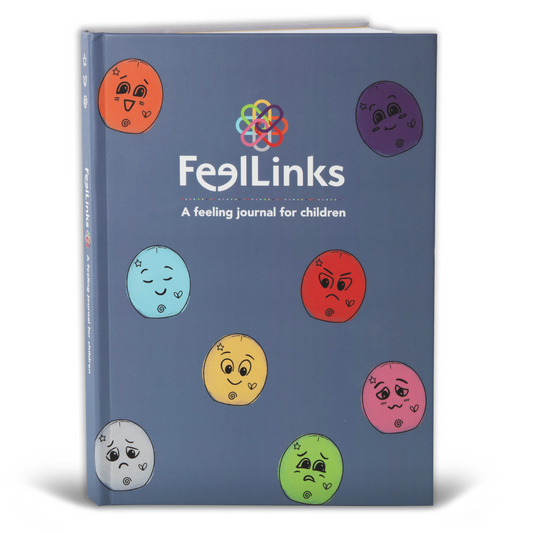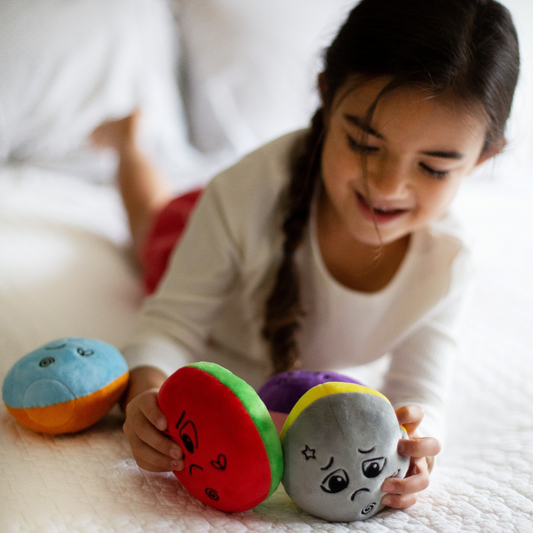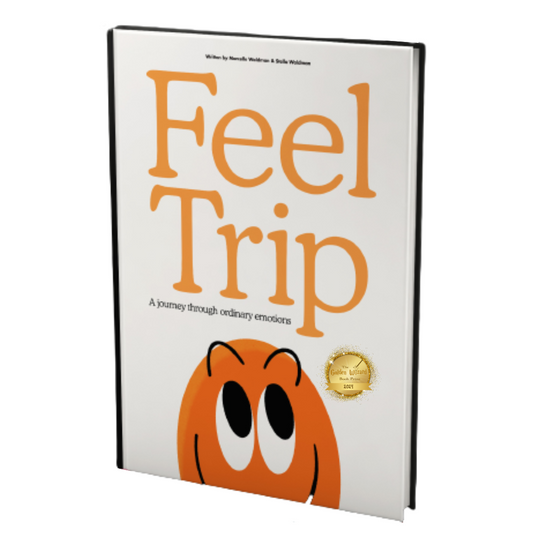Coaching Your Child Through Worry and Anxiety
Share

“Biggest worrier!” That was the title I was given by my friends in high school. I often worried about making good choices, getting good grades, performing in dance, my family, friends, safety, and honestly, I worried about things that were not in my control. Thankfully, I have since learned a lot about what is in my control and what is not. It might not have been healthy to feel this much worry as a teenager, but since then, I have learned to manage my worry and focus on using it in healthy, positive ways – moral judgement, personal values, attaining goals, work ethic, running my own business, and the biggest of them all, being the best wife and mother, I can be! I have approached many new experiences, with a healthy dose of worry. It has kept me driven toward my goals, positive in my approach, and careful in making the best decisions according to my values.
Worry, fear, and anxiety are common feelings that we all experience - often times it's when we perceive a threat or encounter something new. Children are often faced with new experiences that will naturally cause them to feel these big emotions. Not all worries and fears are “bad”, in fact, they can help keep us safe and guide us in making our best choices.
Worry can often feel as though it is sounding an “alarm” inside our bodies. When this happens to our children, it is best for us to help coach them through the situation. This teaches children strategies to successfully manage their anxious feelings, while gaining confidence in how they can handle new experiences or perceived threats going forward.
How can you coach your child/student through their anxious feelings? (according to Dr. John Gottman, The Gottman Institute)*
- Find your calm and be patient. This is key! Not always easy, but one of your best tools.
- Listen. Listen to your child’s expression of worry.
- Validate. Empathize. “I can see how worried you feel. Tell me more about that…” “That does sounds scary. How can I help you with that?
-
Co-Regulate. Some things you can do to support your child through feelings of worry or anxiety are: Breathing: Support your child in taking slow, deep breaths to calm down their nervous system. This literally changes the chemicals in the body and mind and will stop the flood of stress hormones. Hug: A tight hug from a safe adult can also calm the flood of stress hormones.
-
Reflect. Notice what happened when they felt anxious and remind them that this is a normal feeling to have. "Feeling worried is okay and very normal. We all feel worried sometimes.”
-
Problem-solve. Let your child know that feeling worried is okay, but often we exaggerate our worry by overthinking and going into "worst-case scenario", or worrying about things that are outside of our control. “It’s okay to feel worried. Remember what you can do when you are feeling worried- take slow deep breaths, ask for a hug, or stand up to your worry when it takes over.”
Here are some things you can do when your child is calm, not feeling worried, scared, or anxious. These can support your child and you when emotions do get high:
- Teach the signs. Teach your child/student how feelings of worry/anxiety feel in their body, and what physical signs they might notice. Also, talk to your child about instinctual behaviors when we perceive a threat and our brain and body are signaling danger. Our bodies want to respond with either fight, flight, freeze, or collapse.
- Strategies. Discuss with your child, strategies that can help them during times of worry. At my house, we like to brainstorm ideas and create lists of ways to calm when emotions are heightened. You can make a list with your child/student and place it in a visible spot.
- Routines. Create routines in your home/classroom. Children thrive on predictability. Routines help children feel safe and eliminate some of the worry and anxiety. With that said, I do believe in “throwing curveballs” in the daily routines; we must set our children up for flexibility when routines are broken. In my classroom, I often placed a question mark on the posted daily schedule so that my students were able to practice being flexible when they were unaware of what was coming up!
- Empathy. Consistently showing empathy creates important trust and safety between you and your child. Your child will likely be more compelled to express their feelings to you if they feel empathy and compassion from you.
- One-on-one time. Special time together is always important for connection with your child. Connection is one of the most important things you can do to develop safety, trust, and open communication with your child.
An important note! As your child becomes old enough to begin using some of these strategies, try not to swoop in to “fix it” for them right away. When your child is learning how to handle something that is scary, try letting them feel the discomfort without rescuing them immediately. Assure them that you are there to support them, follow the steps I have listed above, coaching them through it, being their co-regulator, but do not “fix” it. Eventually, want our children to feel confident in handling worrisome, scary events on their own, so we need to give them the tools and be their coach.
Another very important note! Worry and anxiety can be all consuming. If you feel your child is in need of professional support, seek it out. Your child’s mental and emotional health are very important. If you ever have any questions or concerns, be sure to consult a healthcare professional.
I hope that you find some of these big ideas and strategies helpful.
With Gratitude,
Marcelle
P.S. FeelLinks is a hands-on resource strengthening children's social-emotional connections and confidence. FeelLinks journal and dolls are a perfect addition to add to your toolkit.
*The Gottman Institute: https://emotioncoaching.gottman.com/
*Children who are coached have fewer emotional and behavior problems, including problems with anger, anxiety, and acting out (Hurrell et al 2017; Dumcombe et al 2014; Short et al 2010; Gottman et al 1996). They also tend to develop better social skills and peer relationships (Denham et al 1997; Gottman et al 1996).

